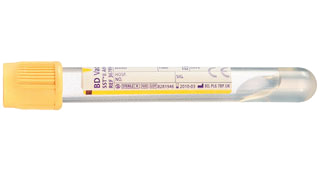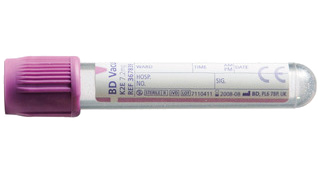

Immunoscreen 24
Bestel het onderzoek
212,97
176,01 (excl. 21% BTW)
Omschrijving
Doeldiersoort en rassen
Kat
Staalname
- Serum
- EDTA volbloed
Doorlooptijd
14 dagen
